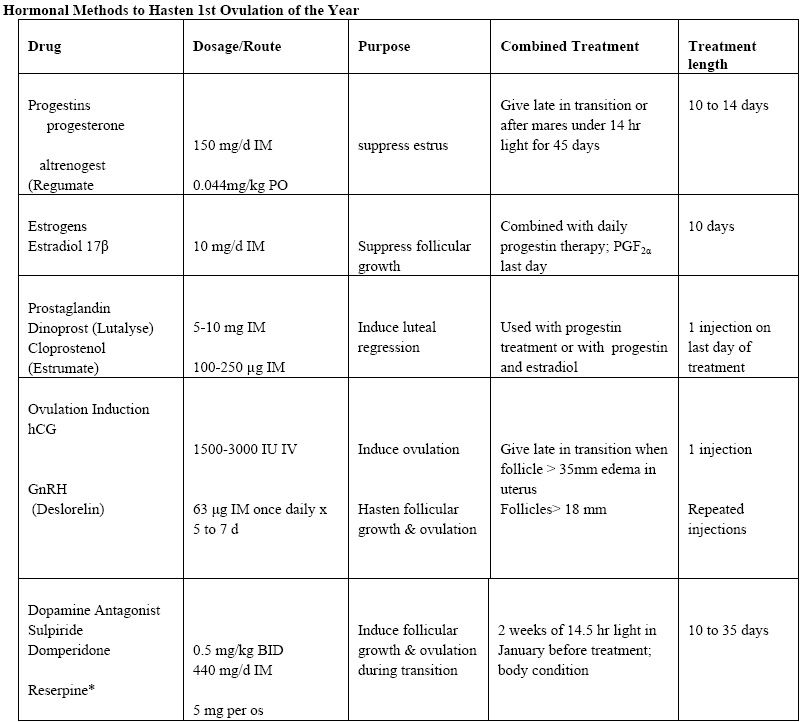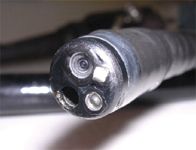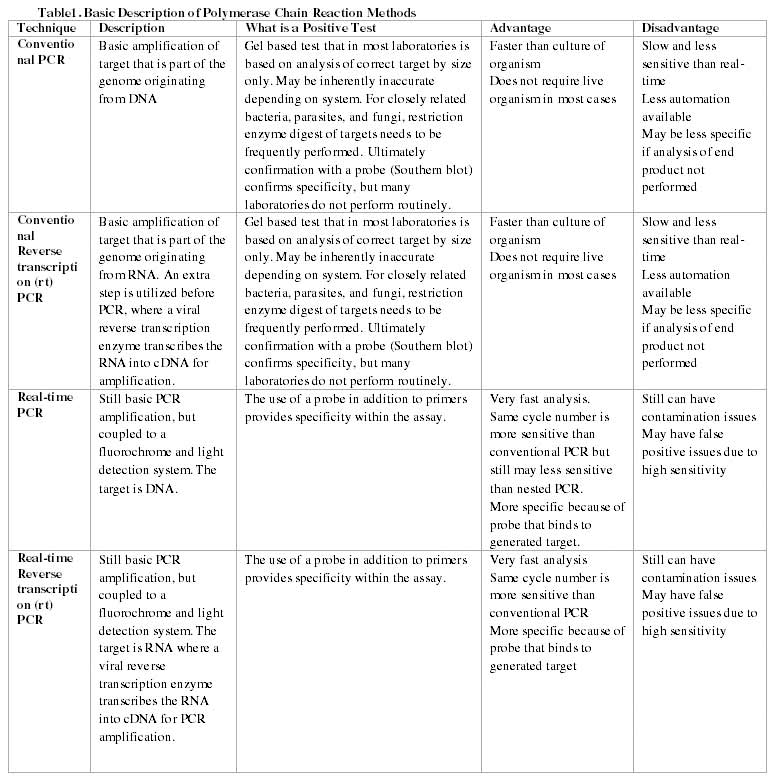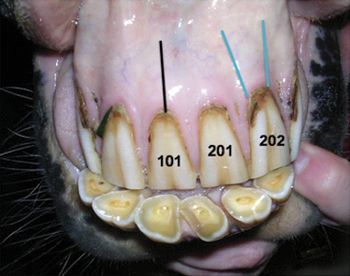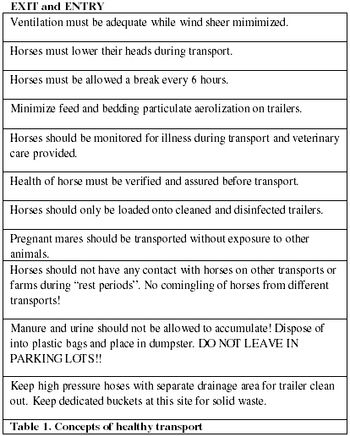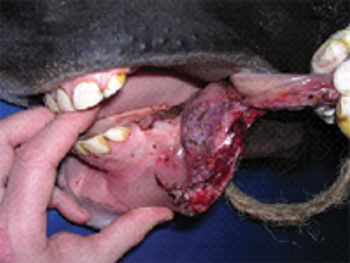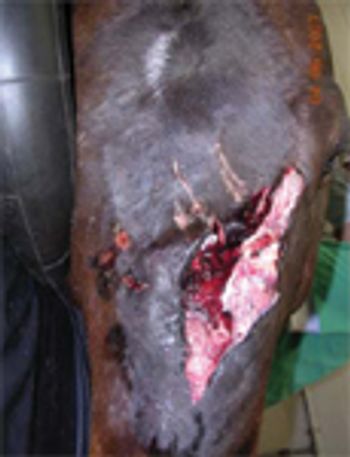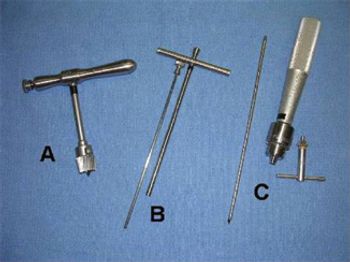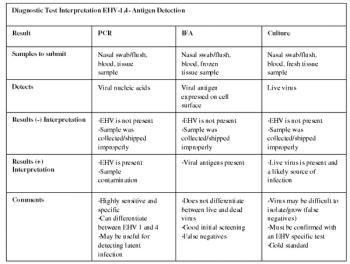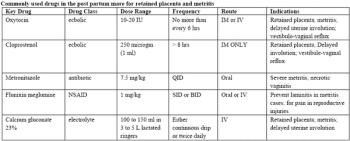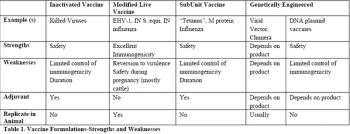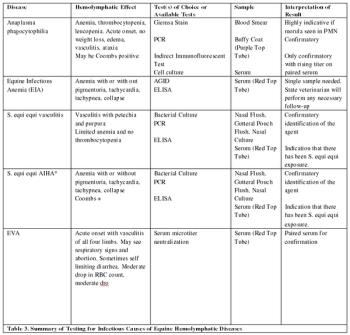
The clinical signs of VEE are similar to both EEE and VEE with a large variation in mortality ranging from 40-90% depending on the outbreak. In addition to subclinical and overt CNS clinical signs, diarrhea has been observed in VEE horses. Florida, Texas, and Louisiana are the three states ecologically at risk but recent activity in Panama could result in a transported case by air travel.


